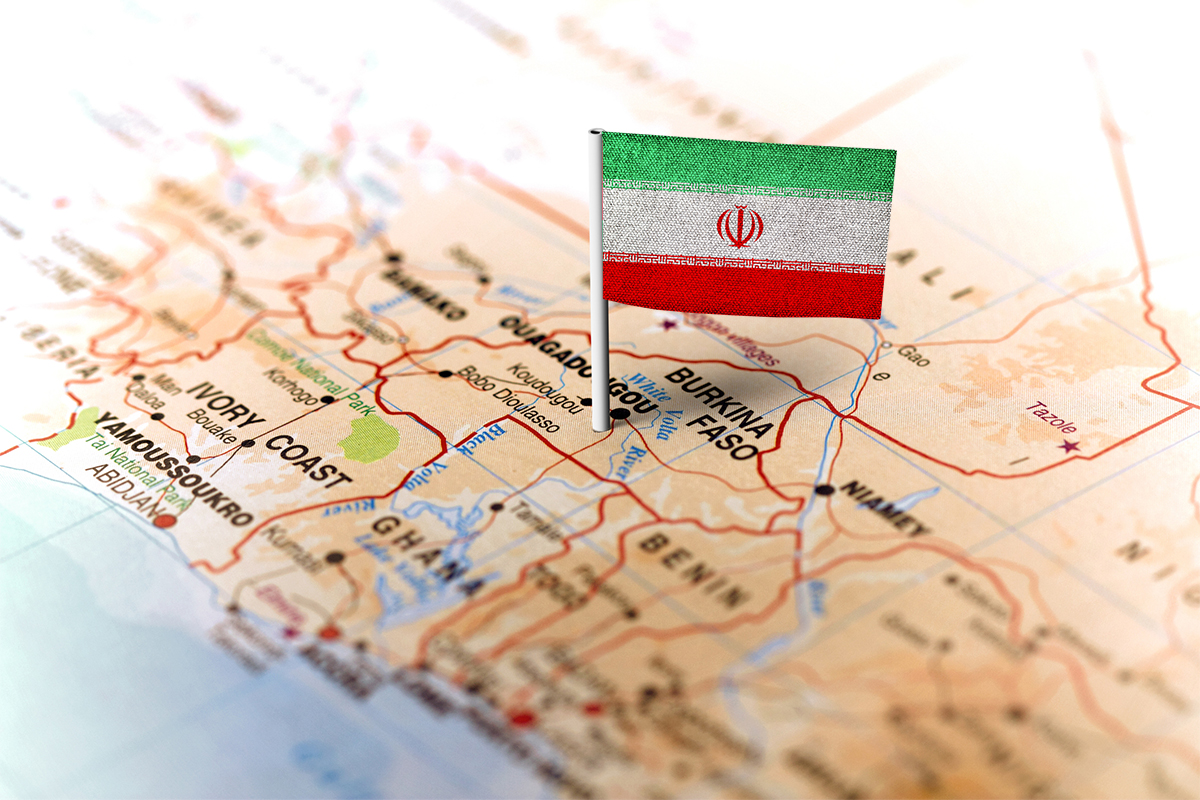North America is a continent located in the northern hemisphere. It comprises 23 countries, including Canada, the United States, and Mexico, as well as various territories.
The continent is bordered by the Arctic Ocean to the north, the Atlantic Ocean to the east, and the Pacific Ocean to the west. The political map of North America showcases the international boundaries, capitals, and major cities, providing a comprehensive overview of the region’s political divisions.
This map is essential for understanding the geopolitical landscape and the distribution of power across the continent. In addition to national borders, it also displays geographical features such as rivers, mountain ranges, and deserts, offering valuable insights into the physical characteristics of North America. Understanding the political map of North America is crucial for various academic, business, and geopolitical purposes.
Understanding North America’s Geopolitical Significance
North America holds immense geopolitical significance, with its political map reflecting its strategic importance. As a focal point for international relations, the continent’s diverse political landscape shapes global dynamics and influences diplomatic and economic decisions. Understanding the geopolitical significance of North America’s political map is crucial for comprehending contemporary international affairs.
North America As A Global Power Hub
The geopolitical significance of North America cannot be overstated. As one of the most economically powerful and politically influential regions in the world, North America holds a crucial position on the global stage, shaping international relations and global politics.
Influence Of North American Countries In Global Politics
The influence of North American countries such as the United States, Canada, and Mexico extends far beyond their borders. These nations play pivotal roles in international diplomacy, trade, and security, thereby significantly impacting global affairs and geopolitics.
Furthermore, through their collective economic strength and strategic alliances, North American countries contribute to shaping the geopolitical landscape and exert significant influence on global governance.
Key Geopolitical Players In North America
United States: A Dominant Force
The United States is undoubtedly the most dominant geopolitical player in North America. With its strong military presence, economic power, and political influence, the US plays a pivotal role in shaping the geopolitics of the entire region. Its relationships with other countries, both within North America and globally, have a significant impact on the political landscape.
Canada: Balancing Power And Diplomacy
Canada holds a unique position in North America, balancing power and diplomacy on the international stage. As a significant economic and political player, Canada seeks to maintain strong relationships with the US while also asserting its own identity and autonomy in global affairs. Its role in various international alliances and organizations further solidifies its geopolitical significance.
Mexico: Navigating Regional And International Dynamics
Mexico’s geopolitical position is crucial for navigating regional and international dynamics. As a major player in North American trade and relations, Mexico faces the complex task of managing its relationships with both its northern and southern neighbors, as well as engaging with global powers. Its strategic positioning in various geopolitical discussions and negotiations underscores its significance in the region.
Territorial Disputes And Alliances
When exploring the political map of North America, it becomes evident that the region is not without its territorial disputes and alliances, shaping the geopolitical landscape of the continent. These disputes and alliances play a crucial role in understanding the complexities of North American politics and international relations.
Border Conflicts And Resolutions
The political map of North America is marked by several border conflicts, both historical and ongoing. These disputes often revolve around defining and demarcating the territorial boundaries between neighboring countries. One such example is the longstanding border dispute between the United States and Mexico, particularly along the Rio Grande. Over the years, efforts have been made to resolve these conflicts through diplomatic negotiations, treaties, and international arbitration.
Bilateral And Multilateral Alliances In North America
Amidst the territorial disputes, North America also witnesses a network of bilateral and multilateral alliances that significantly impact regional stability and geopolitics. The North American Free Trade Agreement (NAFTA), which encompasses the United States, Canada, and Mexico, stands as a testament to the collaborative alliances aimed at promoting economic cooperation and trade within the region. Additionally, the formation of organizations such as the Organization of American States (OAS) underscores the efforts towards fostering diplomatic relations and cooperation among North American countries.
Geopolitical Impact On Trade And Economy
The geopolitical landscape of North America has a profound impact on the region’s trade and economy. Understanding the political map is crucial in examining how geopolitical factors shape the flow of trade and economic partnerships. This article delves into the geopolitical impact on trade and economy in North America, with a particular focus on NAFTA and emerging trade dynamics and economic partnerships.
Nafta And Its Impact On The Region
The North American Free Trade Agreement (NAFTA) has been a cornerstone of trade relations in the region. NAFTA facilitated the elimination of tariffs and other trade barriers between Canada, the United States, and Mexico. This landmark agreement has stimulated trade and economic growth, leading to increased market access and enhanced cooperation among the member countries. The establishment of NAFTA has significantly influenced the geopolitical dynamics in North America, fostering deeper economic integration and trade relationships.
Emerging Trade Dynamics And Economic Partnerships
The geopolitical shifts in North America have prompted the emergence of new trade dynamics and economic partnerships. Emerging trade dynamics, such as the expansion of supply chains and the rise of e-commerce, are redefining the region’s economic landscape. Furthermore, the formation of economic partnerships, such as the Comprehensive and Progressive Agreement for Trans-Pacific Partnership (CPTPP), is altering the trade dynamics and fostering closer economic ties among the member countries. These evolving trade dynamics and economic partnerships are instrumental in shaping the future trajectory of trade and economic activities in North America.
Future Geopolitical Scenarios In North America
As the world continues to change, it is essential to consider the potential geopolitical scenarios that may unfold in North America. The geopolitical landscape of the continent is influenced by a variety of factors, including shifting alliances and power dynamics, as well as the impact of global events. Understanding these dynamics is crucial for predicting and preparing for the future of North American geopolitics.
Shifting Alliances And Power Dynamics
The geopolitical landscape of North America is characterized by complex and evolving alliances and power dynamics. Economic and political interests play a significant role in shaping these alliances, with countries seeking to align themselves with partners that can offer strategic advantages. Additionally, historical relationships and diplomatic ties also contribute to the shifting nature of alliances within the continent.
For example, the ongoing renegotiation of trade agreements, such as the USMCA (United States-Mexico-Canada Agreement), has the potential to reshape the economic alliances within North America. Canada, Mexico, and the United States are navigating the complexities of trade, diplomacy, and regional influence, further influencing the geopolitical landscape.
Influence Of Global Events On The Geopolitics Of North America
The geopolitics of North America are not isolated from global events. International conflicts, economic shifts, and environmental challenges can have a significant impact on the geopolitical dynamics of the continent. For instance, the growing competition between global powers, such as the United States, China, and Russia, can manifest in the form of regional implications that extend to North America.
Furthermore, the effects of climate change and natural disasters can also shape the geopolitical future of North America. With the increased emphasis on environmental policies and resource management, countries in the region may need to reassess their geopolitical strategies in response to these global challenges.

Credit: www.hoover.org
Frequently Asked Questions For Political Map North America
What Countries Are Included In North America?
North America consists of 23 countries, including the United States, Canada, Mexico, and many others. These countries make up the continent’s diverse cultural and geographical landscape.
What Are The Major Physical Features Of North America?
North America is home to diverse geographical features such as the Rocky Mountains, Great Lakes, and the Mississippi River. These natural wonders contribute to the continent’s unique environmental diversity.
How Is North America’s Political Map Divided?
North America’s political map is divided into countries, each with its own government and boundaries. This division allows for the understanding of the continent’s political structure and governance systems.
Conclusion
In exploring the political map of North America, it’s evident that the region is complex and diverse. Understanding the geopolitical landscape is essential for gaining insight into the dynamics of power, resources, and culture in this part of the world.
With the ever-changing political climate, staying informed is key to navigating the future.

